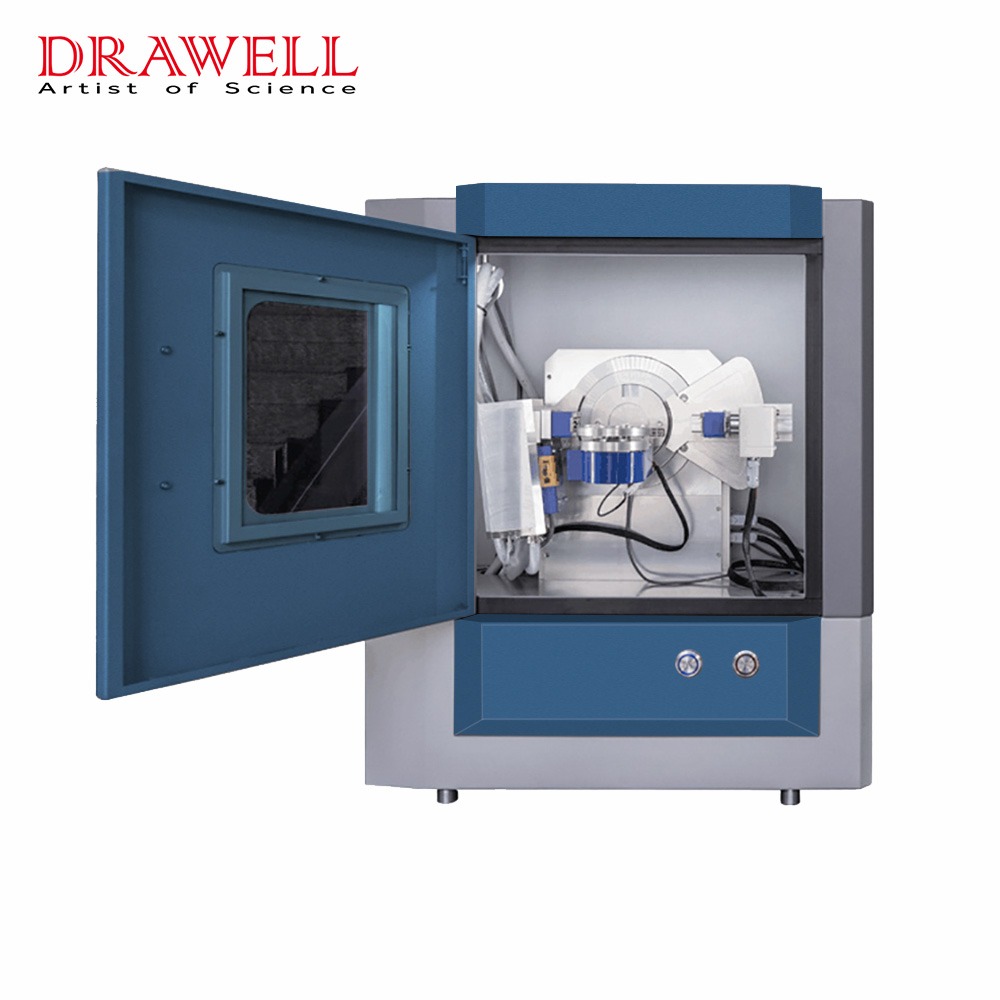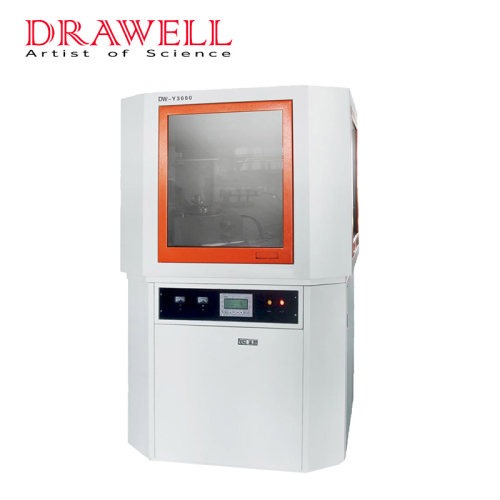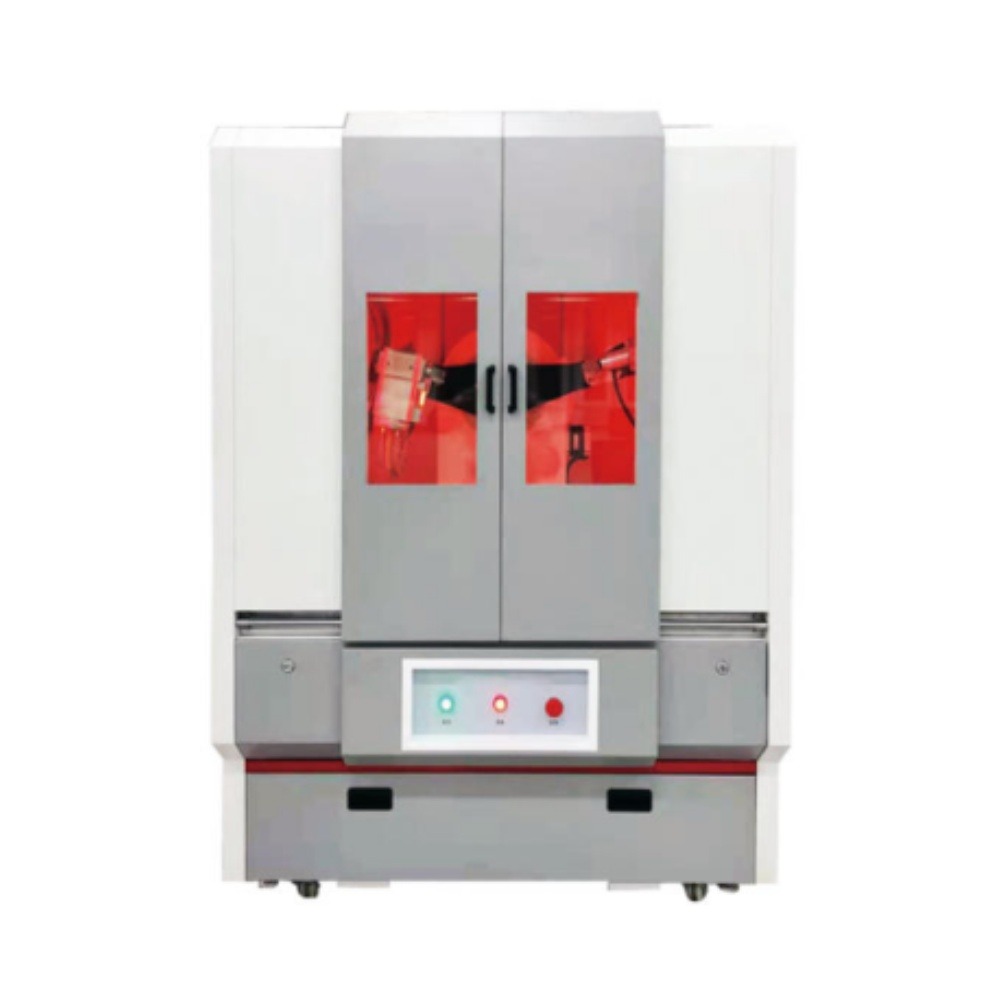X-ray diffraction (XRD) is a powerful analytical technique that can be used to determine the crystal structure, phase composition, and atomic positions of materials. XRD works by directing a beam of X-rays at a sample and measuring the angles and intensities of the diffracted beams. The diffraction pattern is characteristic of the material’s crystal structure and can be used to identify the material and determine its properties.
There are two main types of XRD: powder diffraction and single-crystal diffraction. Powder diffraction is used to study samples that are made up of many randomly oriented crystals, while single crystal diffraction is used to study samples that are made up of a single, oriented crystal.
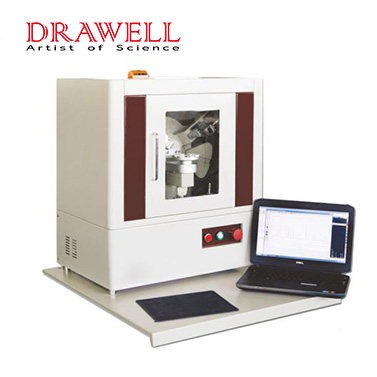
Differences in Sample Preparation
One of the key differences between powder diffraction and single-crystal diffraction is the sample preparation. Powder diffraction samples are typically prepared by grinding the sample into a fine powder. This ensures that the crystals in the sample are randomly oriented.
Single crystal diffraction samples must be small, single crystals. Single crystals can be grown in a laboratory or found in nature. Once a single crystal has been obtained, it must be carefully cut and polished to the desired size and shape.
Differences in Data Collection
Powder diffraction data is collected by irradiating the sample with a beam of X-rays and measuring the intensity of the diffracted X-rays as a function of angle. The diffraction pattern is a series of peaks, each of which corresponds to a different set of crystal planes.
Single crystal diffraction data is collected by rotating the sample in the X-ray beam and measuring the intensity of the diffracted X-rays as a function of angle. The diffraction pattern is a three-dimensional map of the crystal structure.
Differences in Data Analysis
Powder diffraction data is used to determine the crystal structure and phase composition of the sample. The crystal structure is determined by matching the diffraction pattern to a known database of crystal structures. The phase composition is determined by the relative intensities of the diffraction peaks.
Single crystal diffraction data is used to determine the crystal structure, phase composition, and atomic positions of the sample. The crystal structure is determined by solving the diffraction pattern using mathematical methods. The phase composition is determined by the relative intensities of the diffraction peaks. The atomic positions are determined by the intensity of the diffracted X-rays as a function of angle.
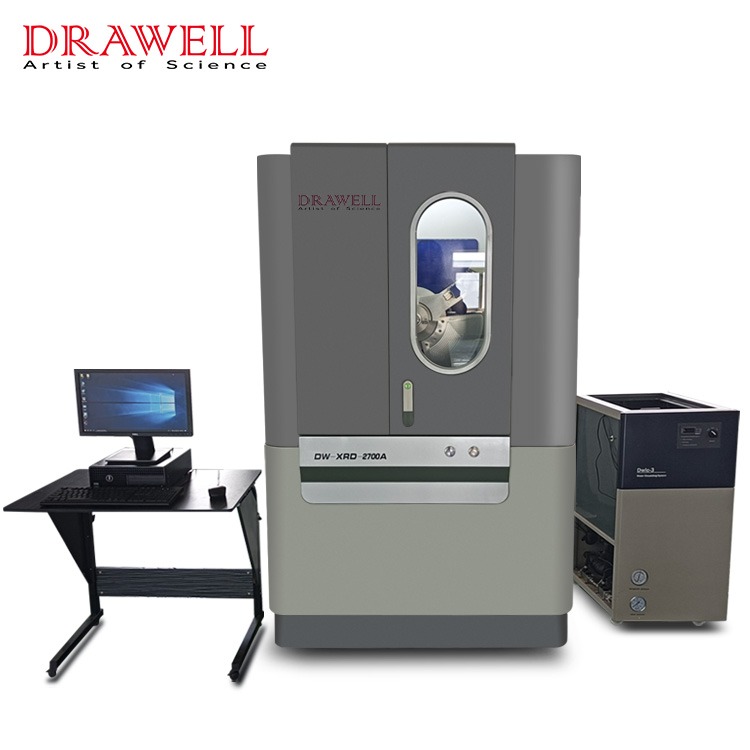
Applications of Powder Diffraction and Single Crystal Diffraction
Powder diffraction is a versatile technique that has a wide range of applications. It is used in materials science, chemistry, geology, and biology to study a variety of materials, including metals, ceramics, polymers, and minerals. Powder diffraction can be used to:
- Identify unknown materials
- Determine the crystal structure of materials
- Measure the phase composition of materials
- Quantify the amount of different phases in a mixture
- Measure the grain size and crystallite size of materials
- Detect and measure stress and strain in materials
Single-crystal diffraction is a more specialized technique that is used to determine the detailed crystal structure of materials. It is often used in materials science and chemistry to study new materials and to investigate the relationship between crystal structure and properties. Single crystal diffraction can be used to:
- Determine the precise crystal structure of materials
- Measure the bond lengths and angles in materials
- Locate the positions of atoms in materials
- Study the effects of doping on the crystal structure of materials
- Investigate the behavior of materials under pressure and temperature
Troubleshooting Tips for Powder Diffraction and Single Crystal Diffraction
There are a number of things that can go wrong with powder diffraction and single-crystal diffraction experiments. Some common problems include:
- Poor sample preparation: If the sample is not prepared properly, it can lead to weak diffraction peaks or a noisy diffraction pattern.
- Instrument misalignment: If the instrument is not properly aligned, it can lead to inaccurate diffraction angles.
- Data collection errors: If the data is not collected properly, it can lead to incomplete or inaccurate diffraction data.
- Data analysis errors: If the data is not analyzed properly, it can lead to incorrect conclusions about the material.
If you are having problems with your powder diffraction or single crystal diffraction experiments, it is important to consult with an experienced expert. They can help you to troubleshoot the problem and get the best possible results from your experiments.
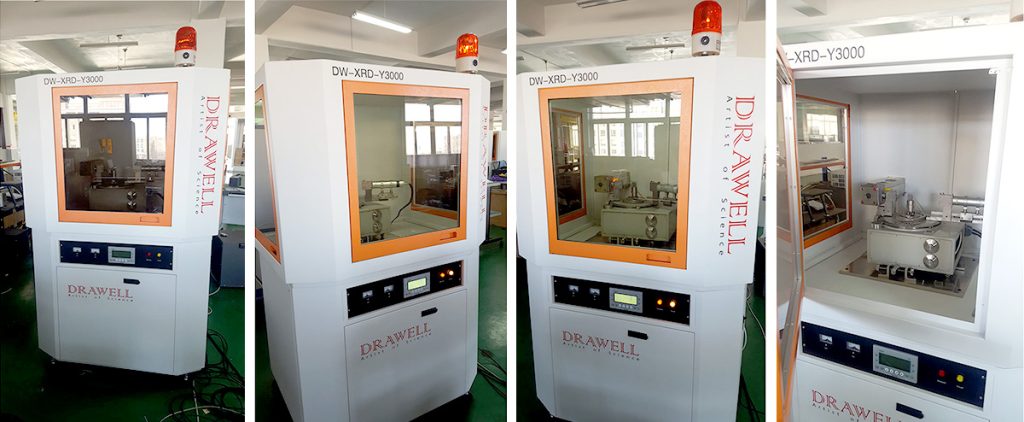
Conclusion
Powder diffraction and single-crystal diffraction are two powerful analytical techniques that can be used to determine the crystal structure, phase composition, and atomic positions of materials. Powder diffraction is more commonly used because it is easier to perform and can be used to study a wider range of materials. Single-crystal diffraction is more powerful because it can provide more detailed information about the crystal structure of materials. The best technique to use for a particular application depends on the specific information that is needed. If you are unsure which technique to use, it is always best to consult with a professional XRD manufacturer.

